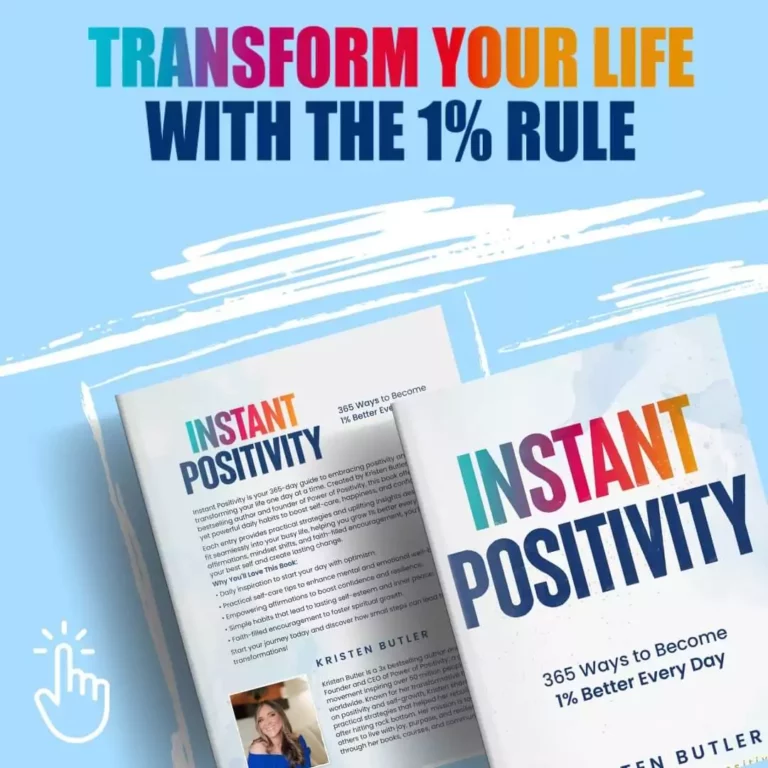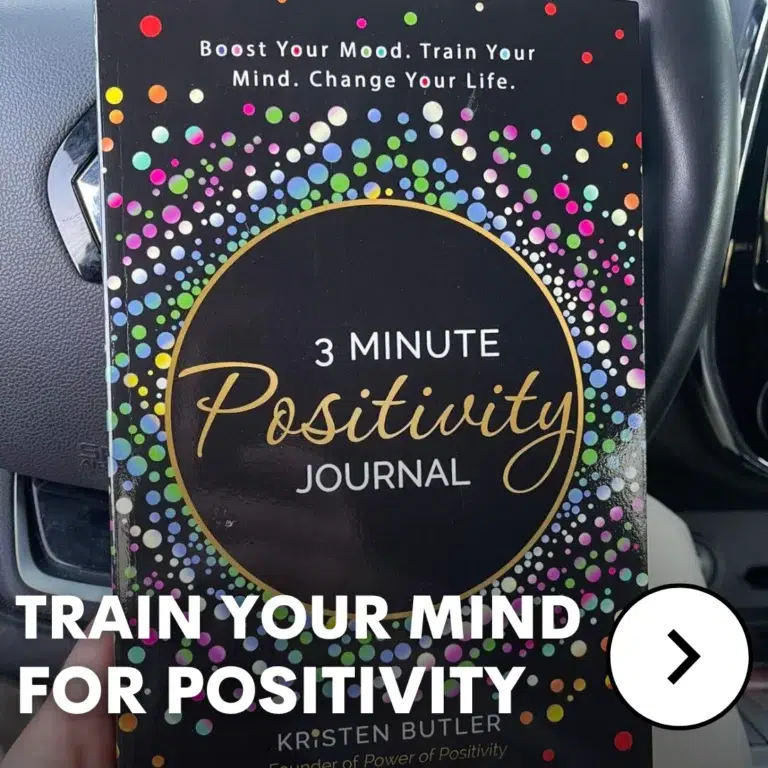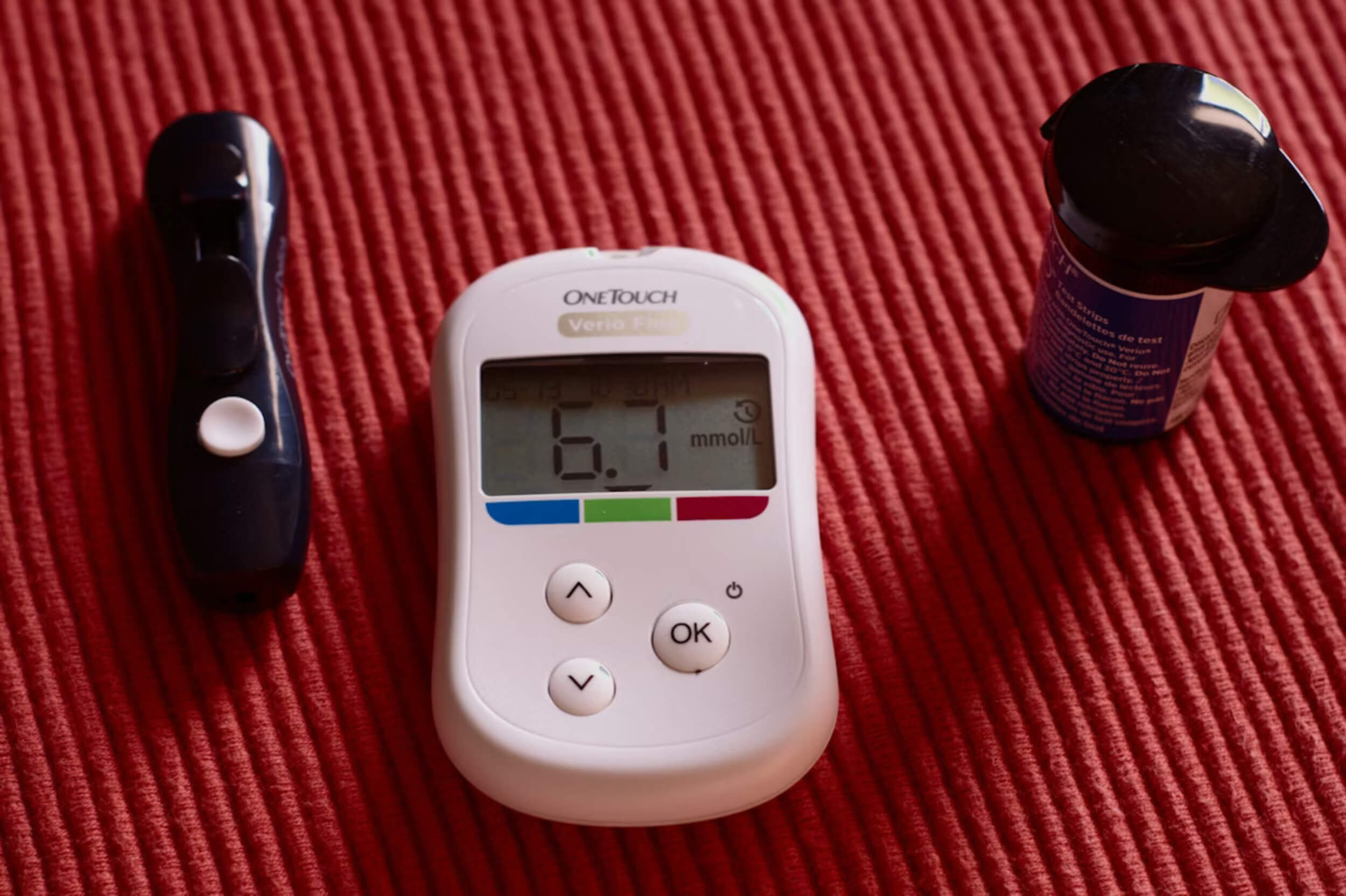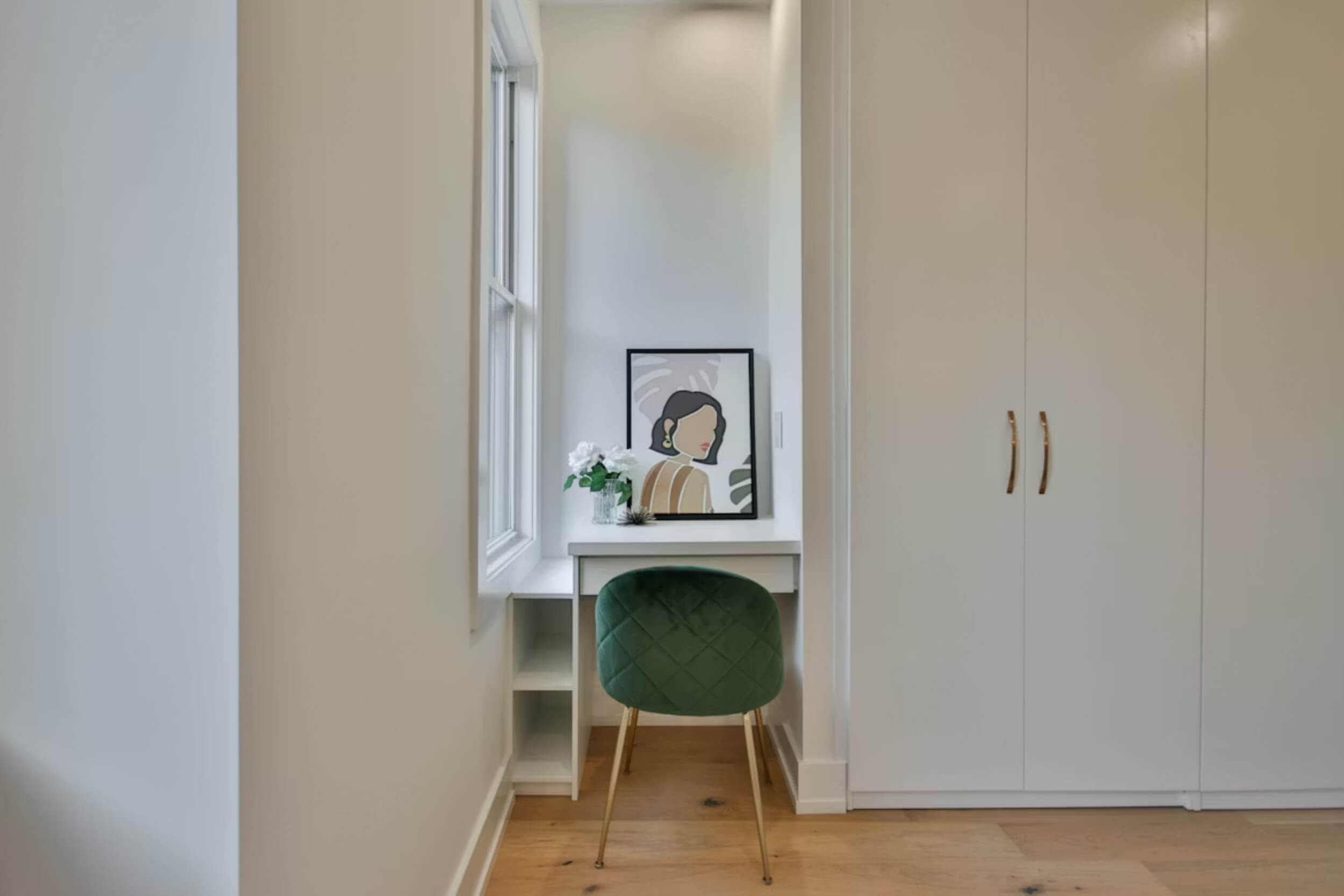Getting dressed shouldn’t feel like a workout. But when your back aches, even tying your shoes can turn into a slow, painful process.
Some days it feels like your body’s working against you. Bending over the sink, reaching into the fridge, or sitting too long at work — all of it adds up. It’s not just frustrating. It wears you down.
Sure, a painkiller might take the edge off for a little while. But the real question is: how do you find relief for everyday back pain that actually lasts?
No one wants to live in survival mode. You deserve more than short-term fixes and temporary band-aids. That’s why it’s time to take a closer look at what truly helps — and what might be quietly making things worse.
Back pain doesn’t have to run your life. There are better ways to feel like yourself again — and it starts with knowing what works.
Know What You’re Dealing With — and Why It Matters
Back pain isn’t one-size-fits-all, and knowing what type you’re dealing with can make all the difference in finding the right kind of help.
Not All Back Pain Is the Same
Back pain doesn’t come in just one flavor. Sometimes it hits out of nowhere — maybe from lifting something wrong or twisting too fast. That’s called acute pain. It usually goes away after a few days or weeks. But when the pain sticks around for months, it’s considered chronic — and it’s a different story.
Some of the most common triggers include:
- Poor posture (think slouching at your desk or hunching over your phone)
- Old injuries that didn’t fully heal
- Natural wear and tear as you get older
- Nerves getting pinched or irritated in the spine
Why the Cause Isn’t Always Obvious
X-rays and scans can be helpful, but they don’t always give a clear answer. You might have pain even when the results look “normal.” That’s because it’s often more than just one thing causing it — tight muscles, joint strain, nerve irritation, or even stress can pile on.
Getting to the bottom of your pain is the first step. When you understand what’s really going on, it’s easier to find the kind of relief for everyday back pain that actually makes a difference.
Physical Therapy Isn’t Just Stretching — It’s Your Game Plan
Physical therapy isn’t about pushing through pain — it’s about building strength, balance, and habits that support real healing.
How Movement Heals, Not Hurts
It might feel safer to rest — but staying still can make things worse. Physical therapy teaches you how to move in ways that protect and strengthen your back. It’s not about pushing through pain. It’s about building smart habits that support healing.
Most therapy programs include:
- Core strengthening (your abs help support your spine)
- Posture correction (so you’re not putting extra strain on your back)
- Gentle stretches and movement drills that loosen tight muscles
At-Home Routines Keep You Out of the Spiral
What you do between appointments matters just as much. Once you know the right exercises, staying consistent is the real game-changer. Even 10 minutes a day can help stop the cycle of pain and stiffness.
Think of physical therapy as training your body to stop fighting itself. Done right, it sets the foundation for long-term relief for everyday back pain — not just quick fixes.
Rethink Your Daily Habits — They Could Be Making It Worse
The way you move (or don’t move) each day can quietly add to your back pain — or start to ease it.
Sitting, Slouching, and Staying Still
Long hours in front of a screen or slumped on the couch might feel harmless, but they’re not. When your spine stays in the same position too long, pressure builds — especially in your lower back.
A few small changes can make a big impact:
- Set a timer to stand or walk around every 30 minutes
- Adjust your chair so your feet stay flat and your back has support
- Try placing a cushion behind your lower back to help posture
Lifting, Bending, and Household Traps
Carrying groceries, doing laundry, even gardening — everyday tasks can sneak in extra strain if your form’s off.
Here’s what helps:
- Bend your knees, not your waist
- Keep items close to your body when lifting
- Take more trips instead of hauling everything at once
Fixing these habits doesn’t take long, and it can lead to real relief for everyday back pain that lasts all day.
Foods That Fight (or Fuel) the Pain
What you eat every day can quietly turn the volume up on back pain — or help bring it down.
Inflammation Starts in the Kitchen
What’s on your plate might be feeding your pain. Highly processed foods, too much sugar, and fried meals can cause inflammation — which worsens back pain for many people.
Swap those out for foods that fight inflammation, like:
- Leafy greens (spinach, kale)
- Fatty fish (salmon, sardines)
- Berries, nuts, and olive oil
Weight and Pain Are Connected
Extra weight, especially around the belly, adds pressure to the spine. Even a small drop on the scale can take stress off your back.
You don’t need a fancy diet. Simple shifts like eating fewer takeout meals or adding a veggie to each plate can help — and they move you closer to relief for everyday back pain.
Mind-Body Practices Aren’t Woo-Woo — They Work
Back pain isn’t just physical — how you think and feel can shape how much it hurts and how long it lingers.
Stress Makes Pain Louder
When your stress is high, pain tends to follow. Tension makes your muscles tighter. Worry makes pain feel worse. It’s not just in your head — your nervous system reacts to both emotional and physical pressure.
The good news? You can calm that system down.
Try These Back-Friendly Practices
Simple activities like:
- Yoga or tai chi (gentle movement and stretching)
- Meditation or deep breathing (to reset your stress response)
- Guided relaxation apps (many are free and easy to use)
These practices may not replace your doctor or physical therapist — but they can help your body stop bracing for pain all the time. Over time, they become a strong layer of relief for everyday back pain that works from the inside out.
Final Thoughts: Back Pain Doesn’t Have to Run the Show
Living with back pain doesn’t mean giving up the things you love. It just means approaching them differently. Movement matters. So does the way you think about pain — and how you treat your body through small, everyday choices.
You won’t find a magic cure, but there are real steps that work. Stay active. Make time to rest. Catch the bad habits early. And most of all, pay attention to what helps.
The goal isn’t to be perfect. It’s to feel better — and find lasting relief for everyday back pain that fits your life.















